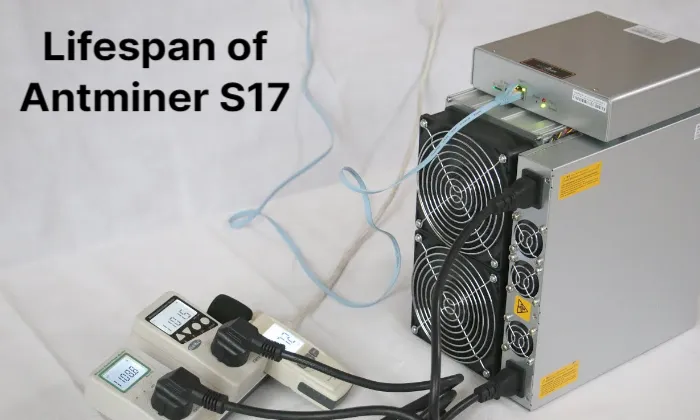Explore the relationship between Bitcoin’s price and the number of miners. Does a decrease in miners lead to price increases? Find out in this blog.
Bitcoin, the world’s first and most popular cryptocurrency, has captured the imagination of investors, technologists, and the general public alike. As Bitcoin operates on a decentralized network, its security and functionality depend on a group of individuals known as miners. These miners contribute their computational power to verify transactions, secure the network, and add new blocks to the blockchain. However, recent developments in the crypto mining landscape have sparked discussions about the relationship between the price of Bitcoin and the number of miners. In this blog post, we will explore whether the price of Bitcoin increases with fewer miners.
The Role of Miners in the Bitcoin Ecosystem
Miners play a crucial role in the Bitcoin ecosystem. They utilize specialized hardware like S17 ASIC miners to solve complex mathematical problems in a process known as mining. Successful miners are rewarded with newly minted Bitcoins and transaction fees. Additionally, miners ensure the security and integrity of the network by preventing double-spending and confirming the validity of transactions. Their computational power contributes to the decentralized nature of Bitcoin, making it resistant to manipulation and censorship.
Mining Difficulty and the Network’s Hash Rate
The Bitcoin network is designed to maintain a consistent block generation time of approximately 10 minutes. To achieve this, the network automatically adjusts the mining difficulty level every 2016 blocks, roughly every two weeks. The difficulty level represents the amount of computational power required to find a new block. When more miners join the network, the difficulty increases, and vice versa. Consequently, the network’s hash rate, which measures the total computational power devoted to mining, fluctuates depending on the participation of miners.
The Relationship between Miner Exodus and Bitcoin Price

Historically, Bitcoin mining has been a profitable venture for many individuals and businesses. However, mining profitability is subject to various factors such as the cost of electricity, equipment efficiency, and, most notably, the price of Bitcoin itself. When the price of Bitcoin rises significantly, mining becomes more profitable, attracting new participants to the network. Conversely, if the price drops or mining costs increase, some miners may find it unprofitable and choose to exit the market.
The impact of a miner exodus on the price of Bitcoin is a topic of debate among cryptocurrency enthusiasts. Some argue that a reduction in the number of miners could lead to decreased network security, potentially undermining confidence in Bitcoin and negatively affecting its price. Others propose that a decrease in mining activity may result in a reduced supply of newly minted Bitcoins, potentially driving up the price due to scarcity.
Supply and Demand Dynamics
The relationship between the price of Bitcoin and mining activity can be better understood through the lens of supply and demand dynamics. Bitcoin’s supply is limited to 21 million coins, with the issuance rate halving approximately every four years through a process known as the “halving.” Each halving reduces the number of new Bitcoins entering circulation and contributes to the asset’s scarcity.
With a reduction in the number of miners, the network’s hash rate declines, resulting in a longer time between block confirmations. This can potentially slow down the transaction processing speed and increase transaction fees. However, if the reduction in mining activity significantly impacts the overall supply of new Bitcoins entering the market, the reduced supply may meet increased demand from investors and users, potentially leading to upward price pressure.
Market Sentiment and Investor Confidence
Apart from supply and demand dynamics, market sentiment and investor confidence also play crucial roles in determining the price of Bitcoin. A significant miner exodus might signal negative sentiment, suggesting that miners anticipate a further decline in the price of Bitcoin. Such sentiment can influence other market participants and potentially lead to a downward price spiral.
However, it is important to note that Bitcoin’s price is influenced by a wide range of factors, including macroeconomic conditions, regulatory developments, institutional adoption, and public perception. While mining activity can have an impact, it is just one component in a complex ecosystem of factors that collectively shape the cryptocurrency’s price.
Conclusion
The relationship between the price of Bitcoin and the number of miners is a complex and multifaceted topic. While a reduction in mining activity could potentially impact the network’s security and transaction processing speed, its direct impact on the price of Bitcoin is subject to various market dynamics. Supply and demand factors, market sentiment, and investor confidence all contribute to the asset’s valuation.
As with any investment, it is important to consider the broader context and conduct thorough research before drawing conclusions. While mining activity can be an interesting metric to monitor, it is just one piece of the puzzle when trying to understand Bitcoin’s price movements.



